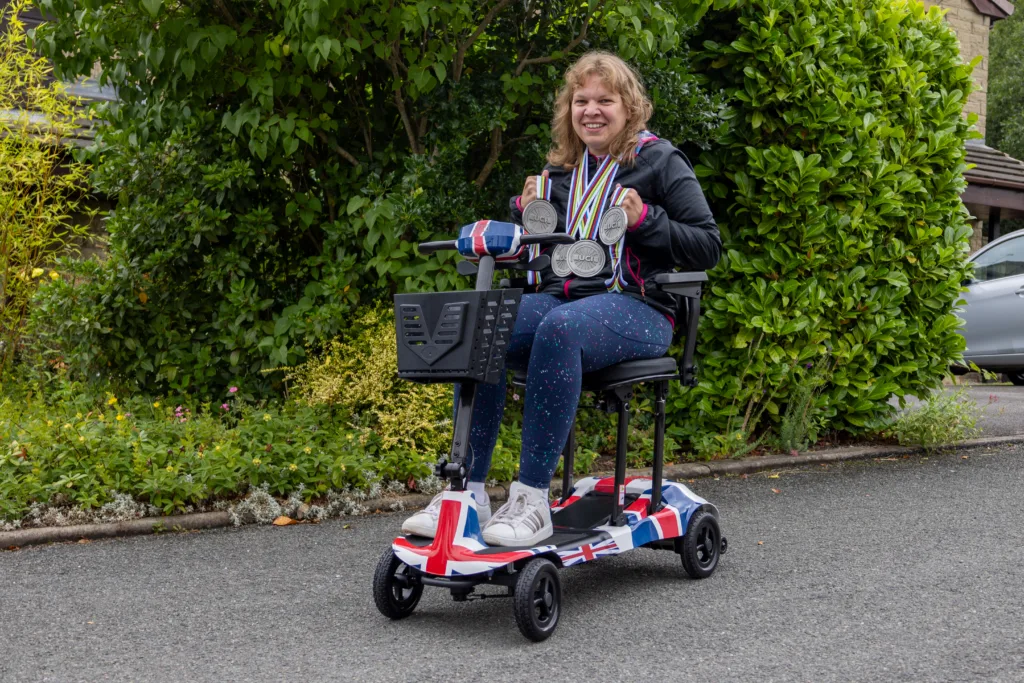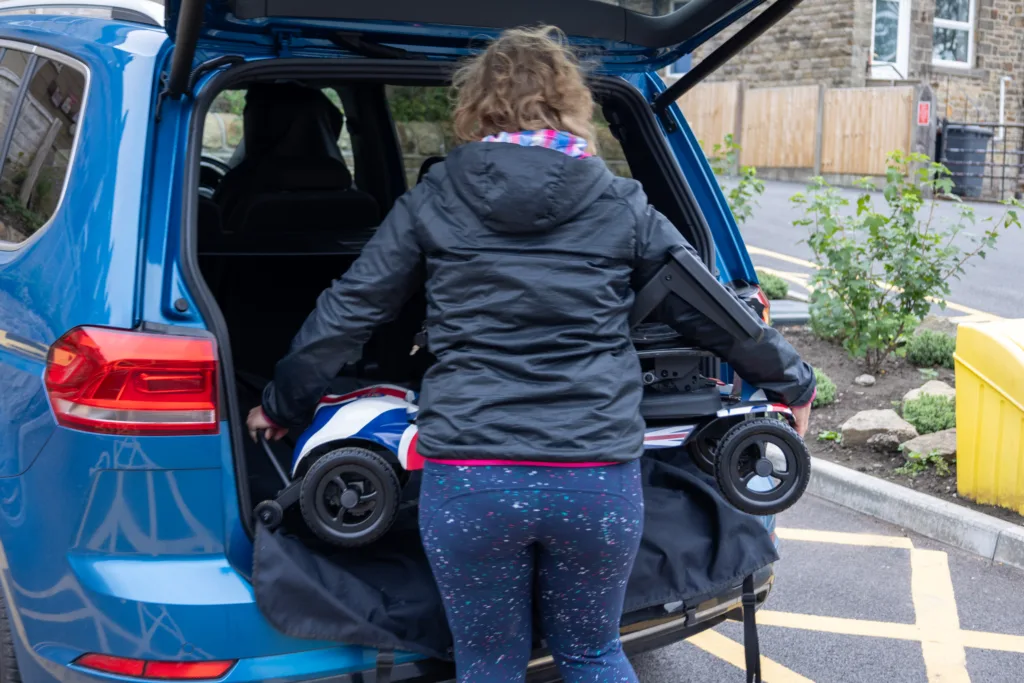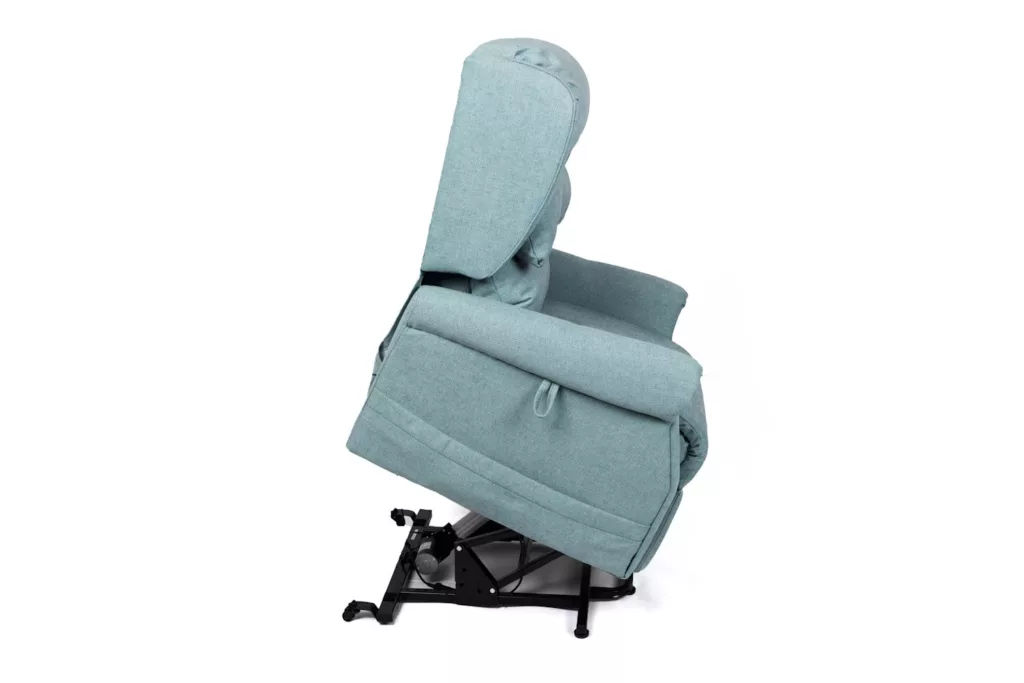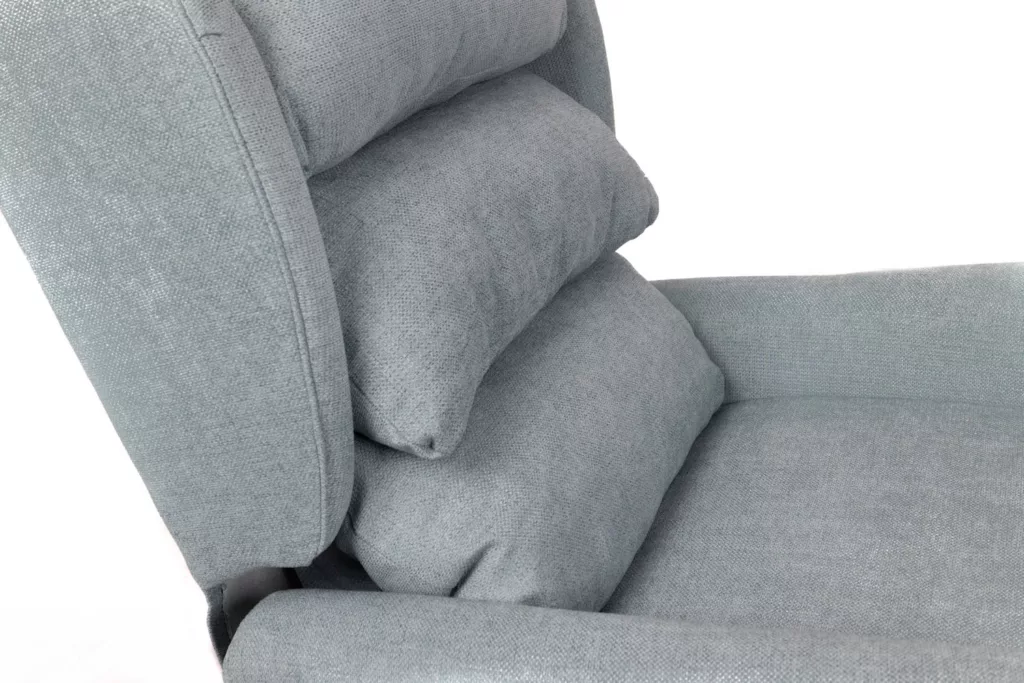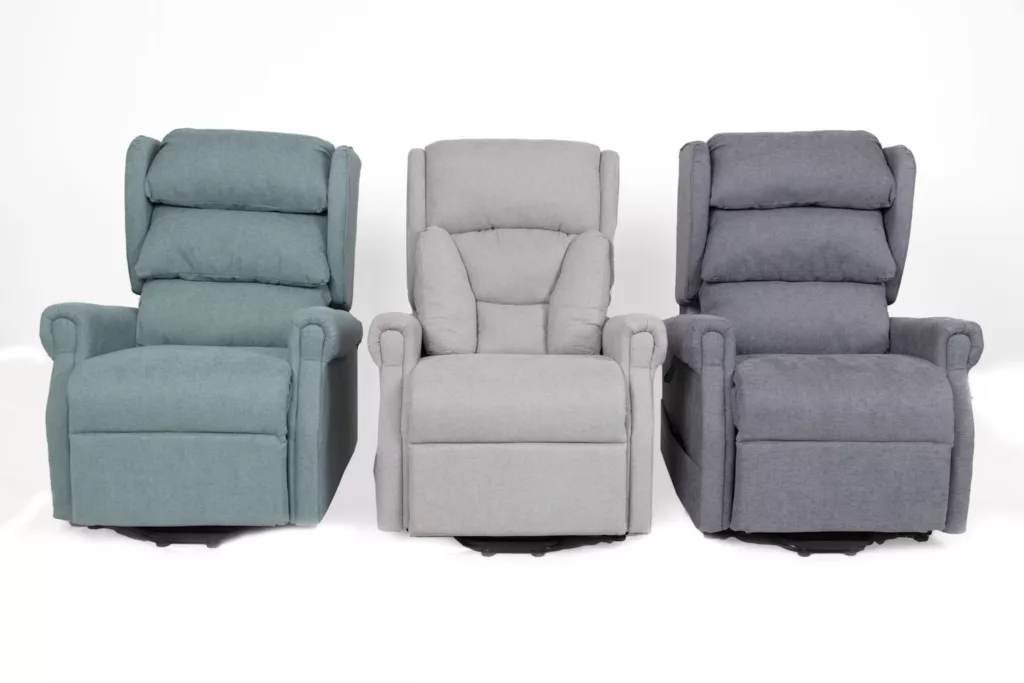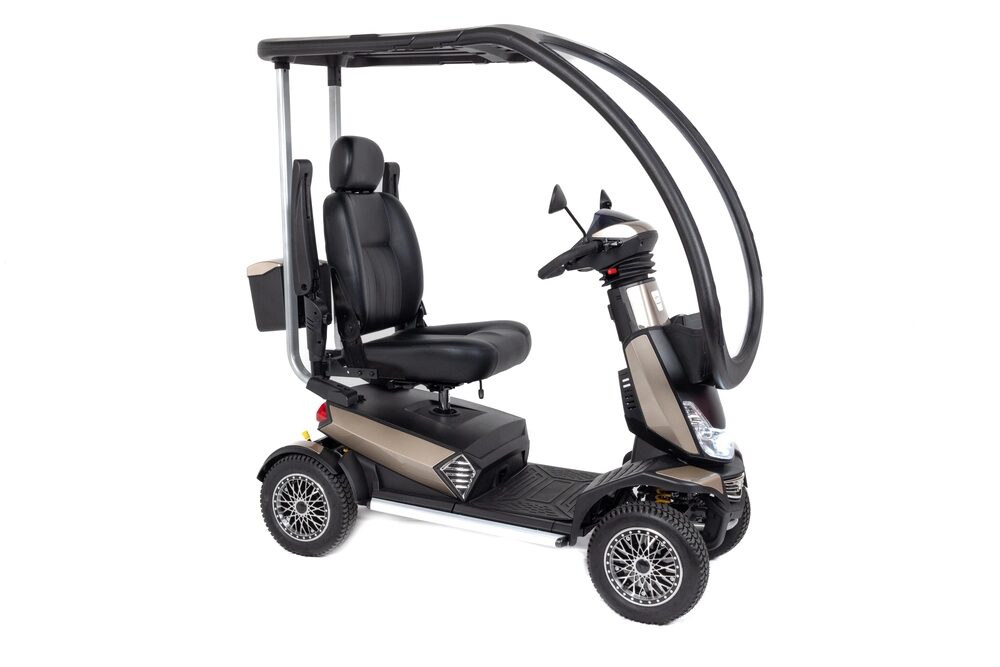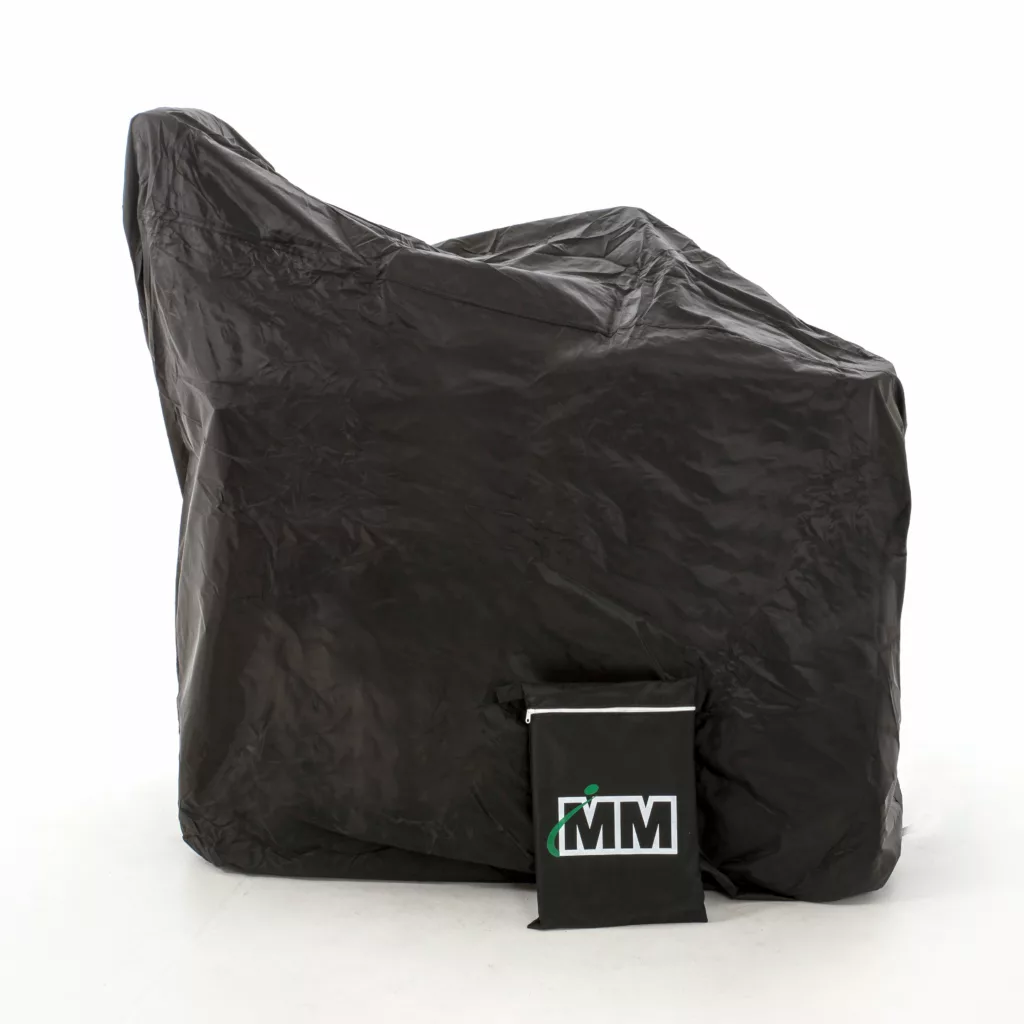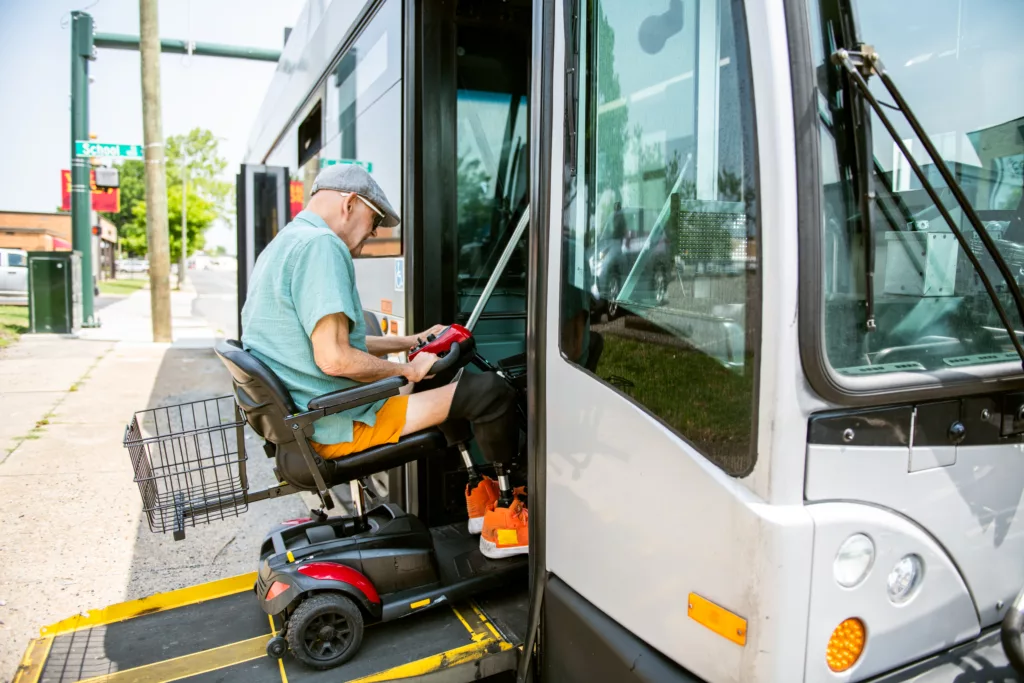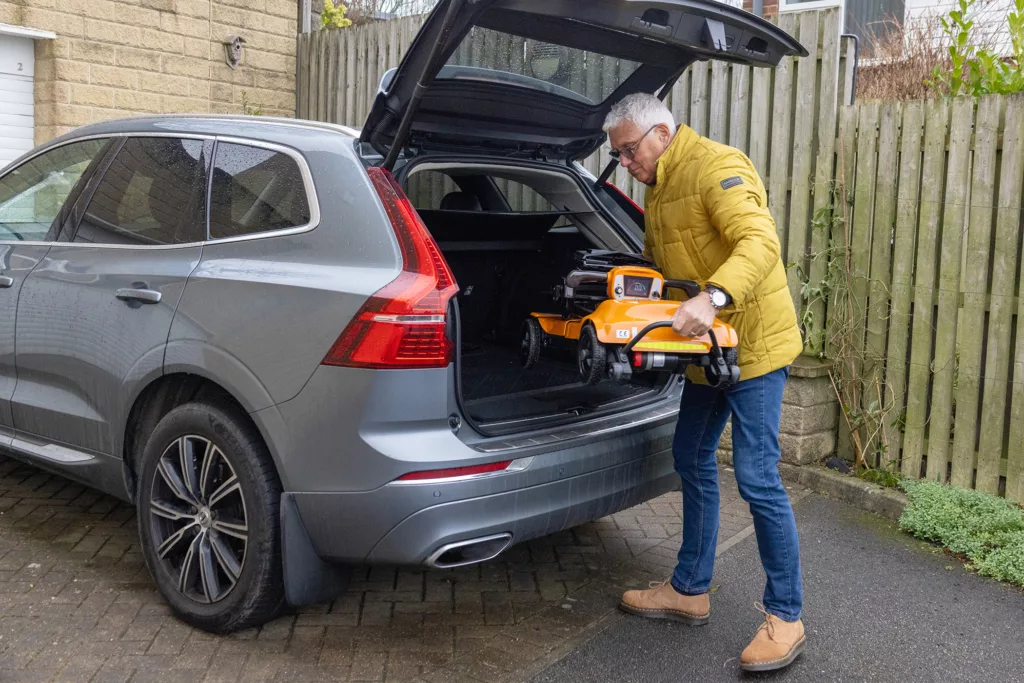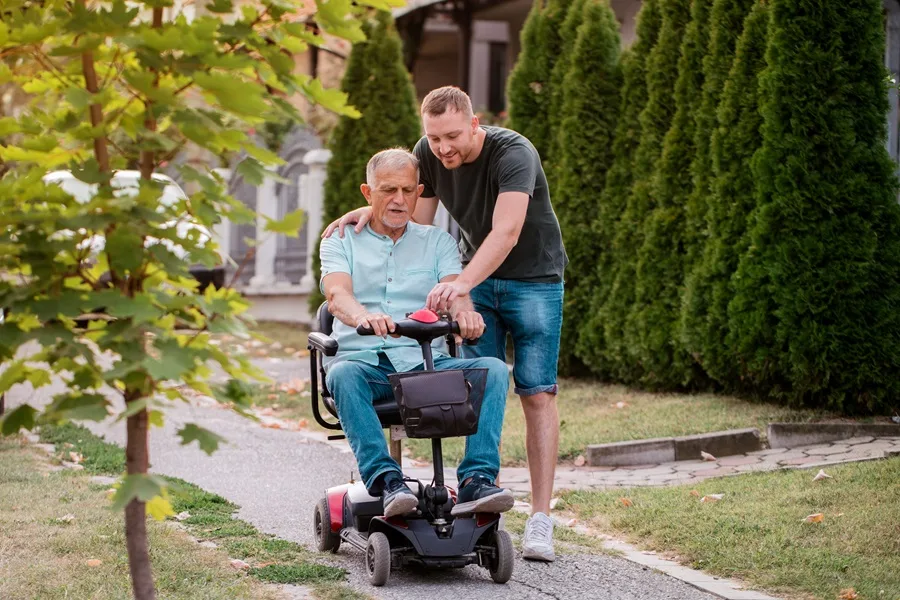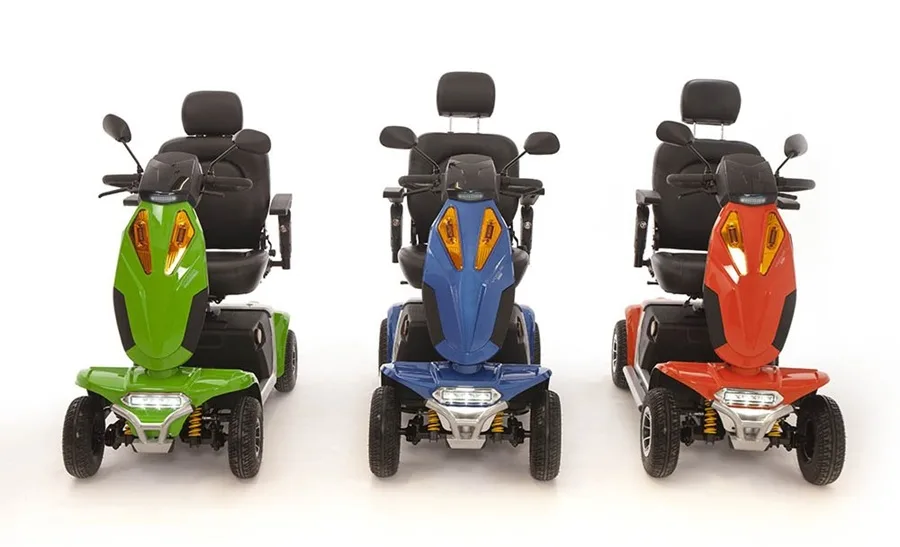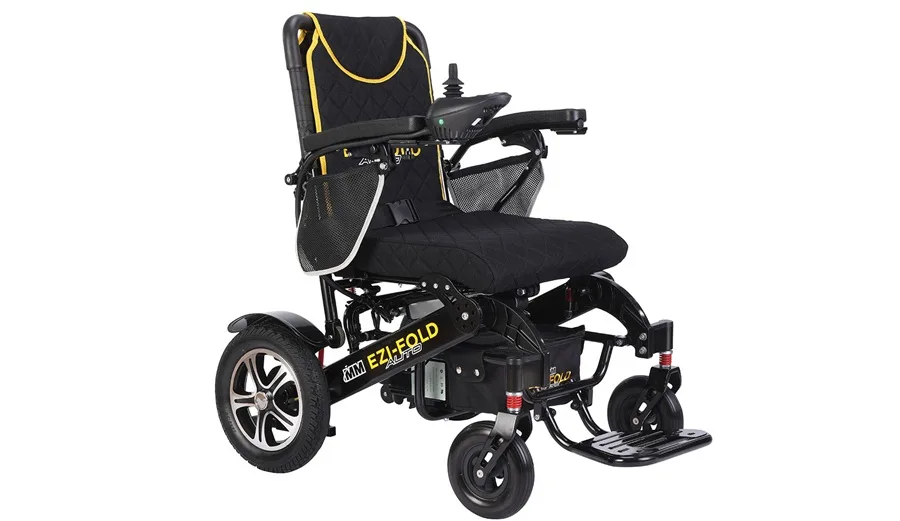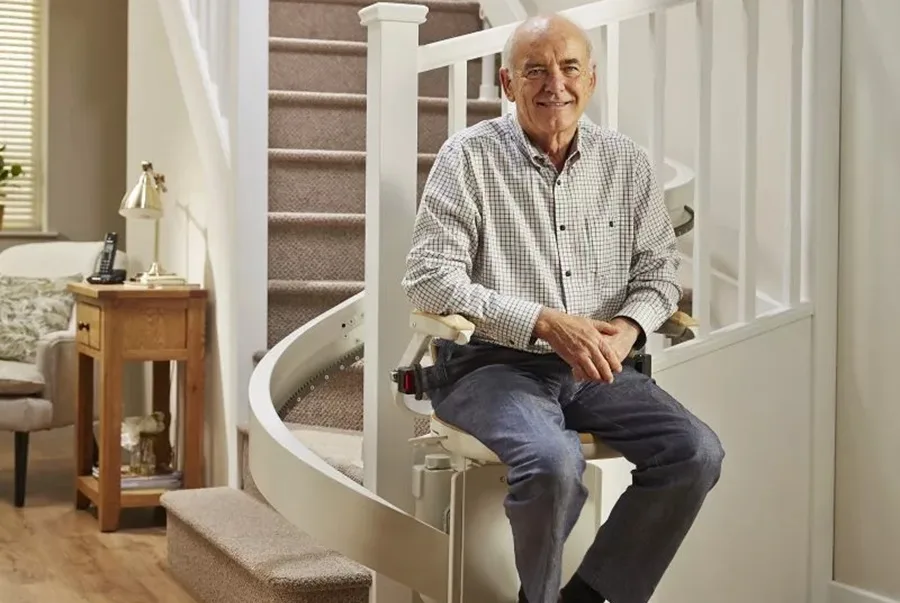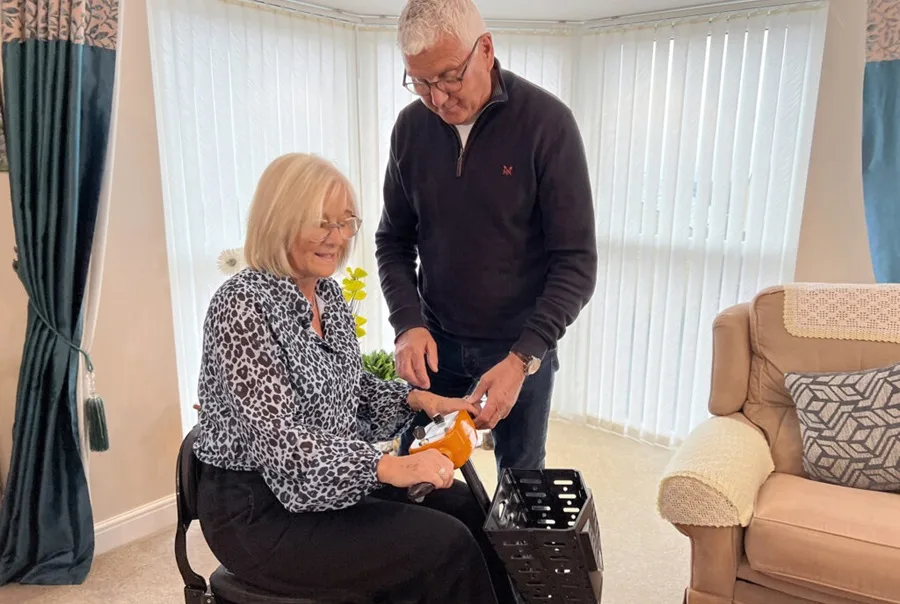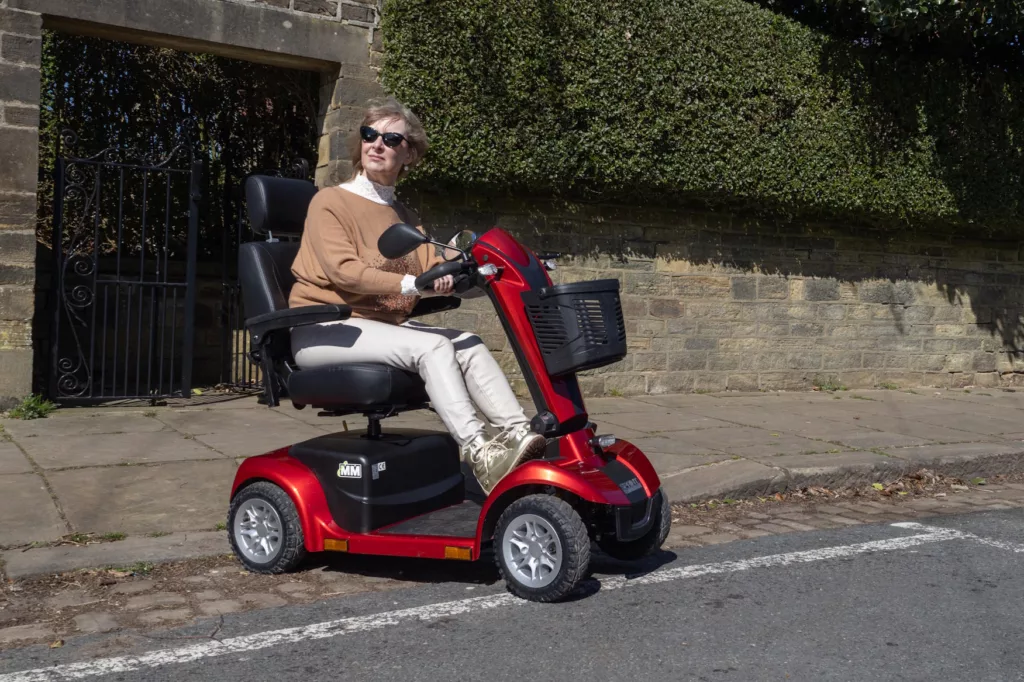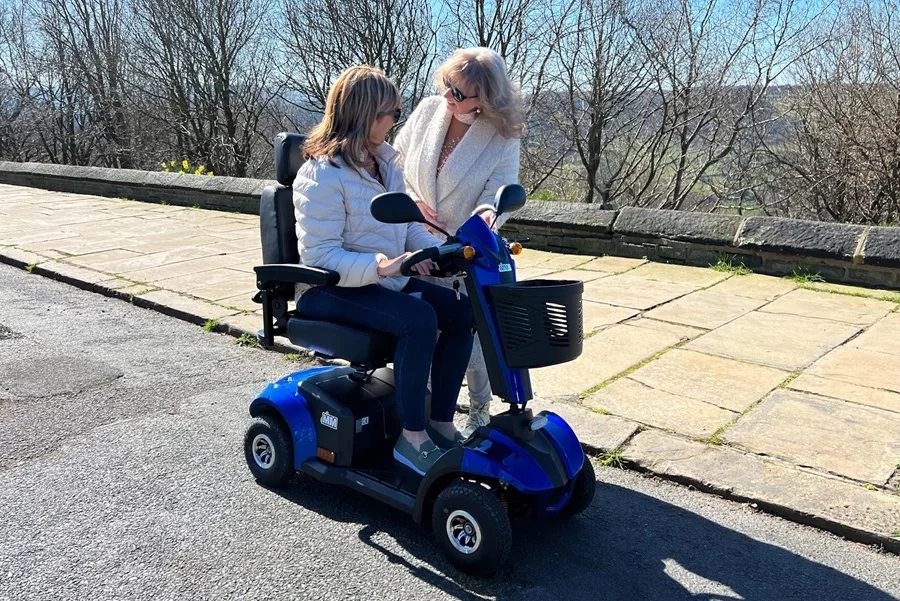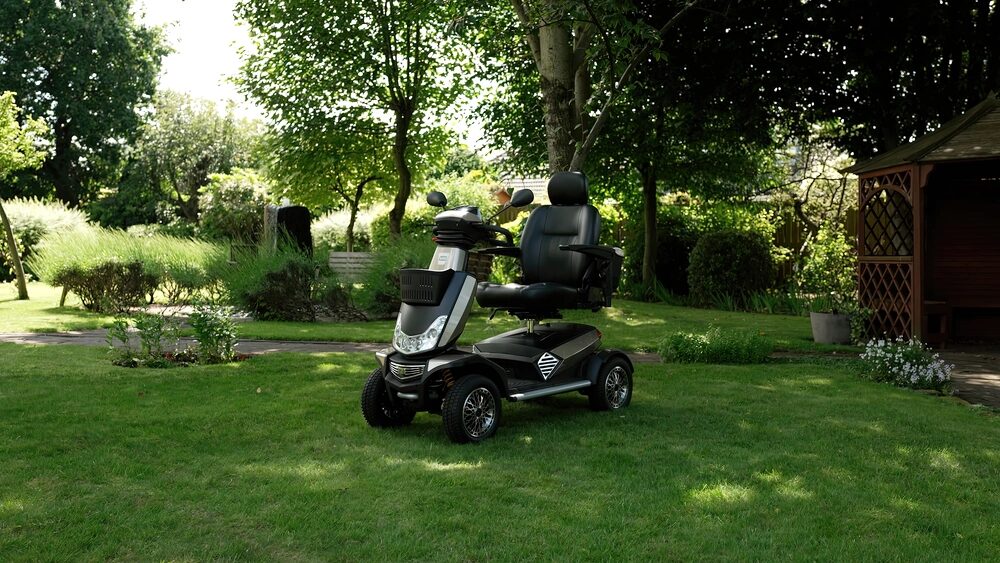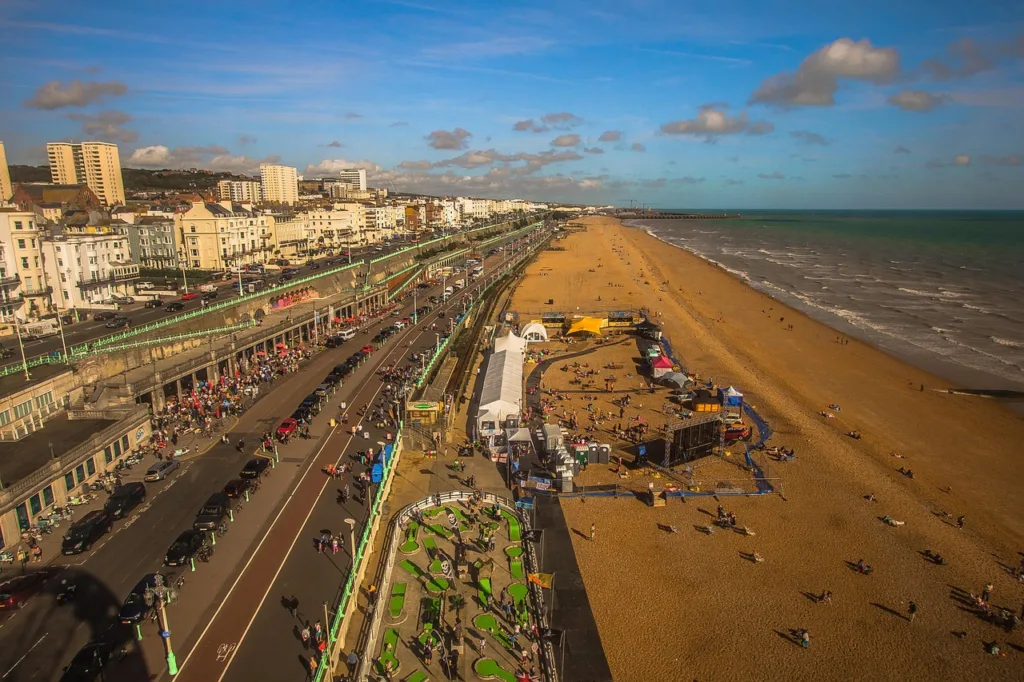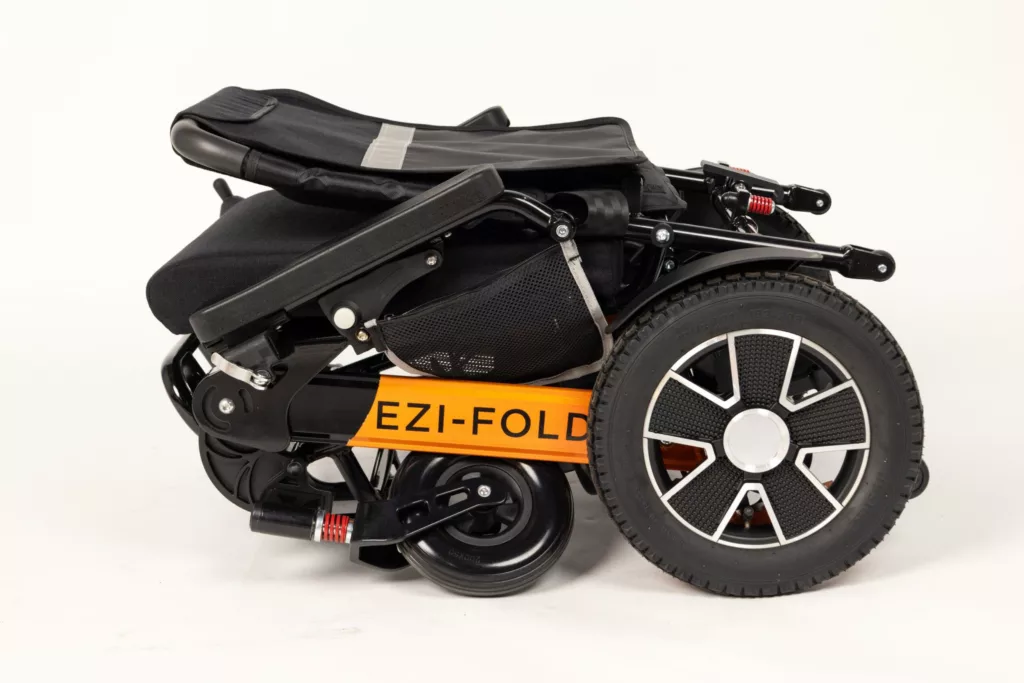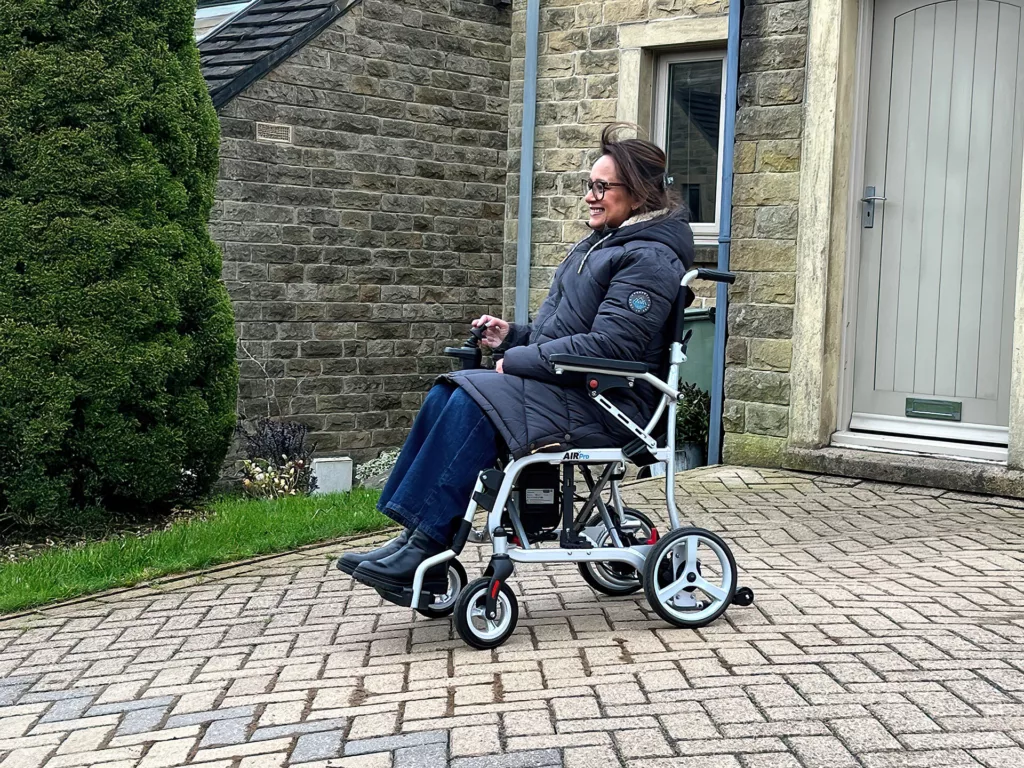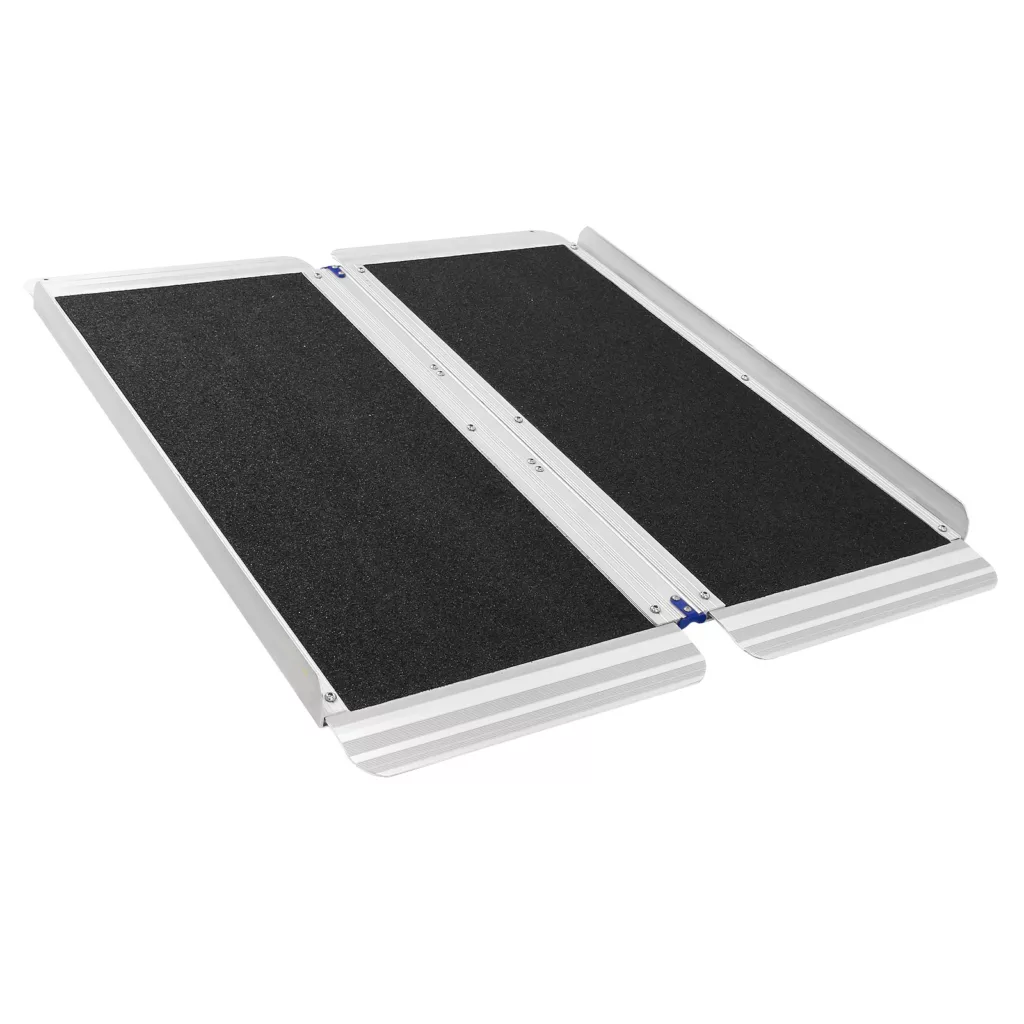If you live with a disability, you could be eligible for disabled discounts on travel, entertainment, and other services. From disabled travel passes to free companion tickets and road tax discount for disabled drivers, there are many ways to save – if you know where to look.
Disabled travel pass
With a disabled travel pass, you can enjoy free or reduced fares on travel across the UK. Whether it’s by rail, bus, or plane, there are various options designed to make transport more accessible and affordable, and give you more independence.
Disability railcard discount
The Disabled Persons Railcard offers 1/3 off most rail fares in the UK for you and one companion. At just £20 for one year or £54 for three, it’s a great way to save on regular travel.
As well as discounts on rail travel for you and a companion, you can also get money off restaurants and hotels. What’s more, you can use your railcard at any time of the day!
Disability bus pass discount
You can apply for a disabled person’s bus pass across the UK, granting you free or reduced travel costs on local services. On some services a companion can also travel for free. Schemes run in England, Wales, Scotland, and Northern Ireland.
If you live in London, you may be eligible for a Freedom Pass, which offers free access to buses, tubes, and TfL Rail. To get a disability freedom pass. you need to live in London and have a statutory disability as listed in the Transport Act 2000.
Flying with a disability
If you have a disability or reduced mobility, you can request assistance from your airline at no extra cost. This usually includes getting help at check-in, moving through the airport, and boarding and disembarking. You can usually also choose your seat for free!
Discover more about travelling on public transport and planes with a mobility scooter.
Disabled driving discounts
Driving can remain a convenient option for many people with disabilities, especially with the help of mobility aids. From easier parking access to road tax discounts for disabled drivers, there are several ways to reduce your travel costs while staying on the move.
Blue Badge Scheme
The Blue Badge scheme allows access to disabled parking bays and often free or reduced parking. They last up to 3 years and cost £10 in England and Northern Ireland, £20 in Scotland, and are free in Wales. To apply for a Blue Badge, you’ll need to go through your local council. Be ready to provide a digital photo; proof of your identity, address and benefits; and your National Insurance number.
If you have a folding mobility scooter that you can lift into your car, it’s a great way to get about!
Road Tax discounts for disabled drivers
Disability discount cards
From theme parks, museums and live events, many entertainment venues offer discount passes for disabled visitors.
Several disabled discount cards are available in the UK, offering reduced cost and easy access on a range of days out. However, it’s always worth contacting the venue in advance to see if they offer any discounts for disabled visitors or their carers.
National Disability Card
From theme parks, museums and live events, many entertainment venues offer discount passes for disabled visitors.
Several disabled discount cards are available in the UK, offering reduced cost and easy access on a range of days out. However, it’s always worth contacting the venue in advance to see if they offer any discounts for disabled visitors or their carers.
Access Card
For £15, and valid for three years, the Access Card helps venues understand your access needs through easy-to-read symbols – like needing a wheelchair space or help with queuing.
Radar Key Scheme (NKS)
A Radar Key provides access to over 9,000 locked accessible toilets in public areas like shopping centres and train stations. They’re available through local councils or can be purchased from Disability Rights UK for £5.
Purpl Discounts
Purpl Discounts is a membership card scheme that secures offers for attractions such as the London Eye, LEGOLAND and Warwick Castle.
Companion tickets
Your friend, family member, or carer may be eligible for a carer’s ticket, giving them free or discounted access when accompanying you on activities or days out:
How to get your disability discounts
- Check – Every scheme has its own eligibility criteria.
- Apply – Submit the required documents (remember to send copies only!).
- Ask – Don’t be afraid to contact the service provider to see if they offer a disabled discount.
Mobility support from Monarch Mobility
Whether you’re shopping, sightseeing, or hopping on public transport, Monarch Mobility is here to help you stay mobile.
Our range of foldable mobility scooters is perfect for bus, train, car, or plane travel – helping you enjoy a range of activities in comfort and with confidence.
Browse our mobility scooters or book a free home demo today!
